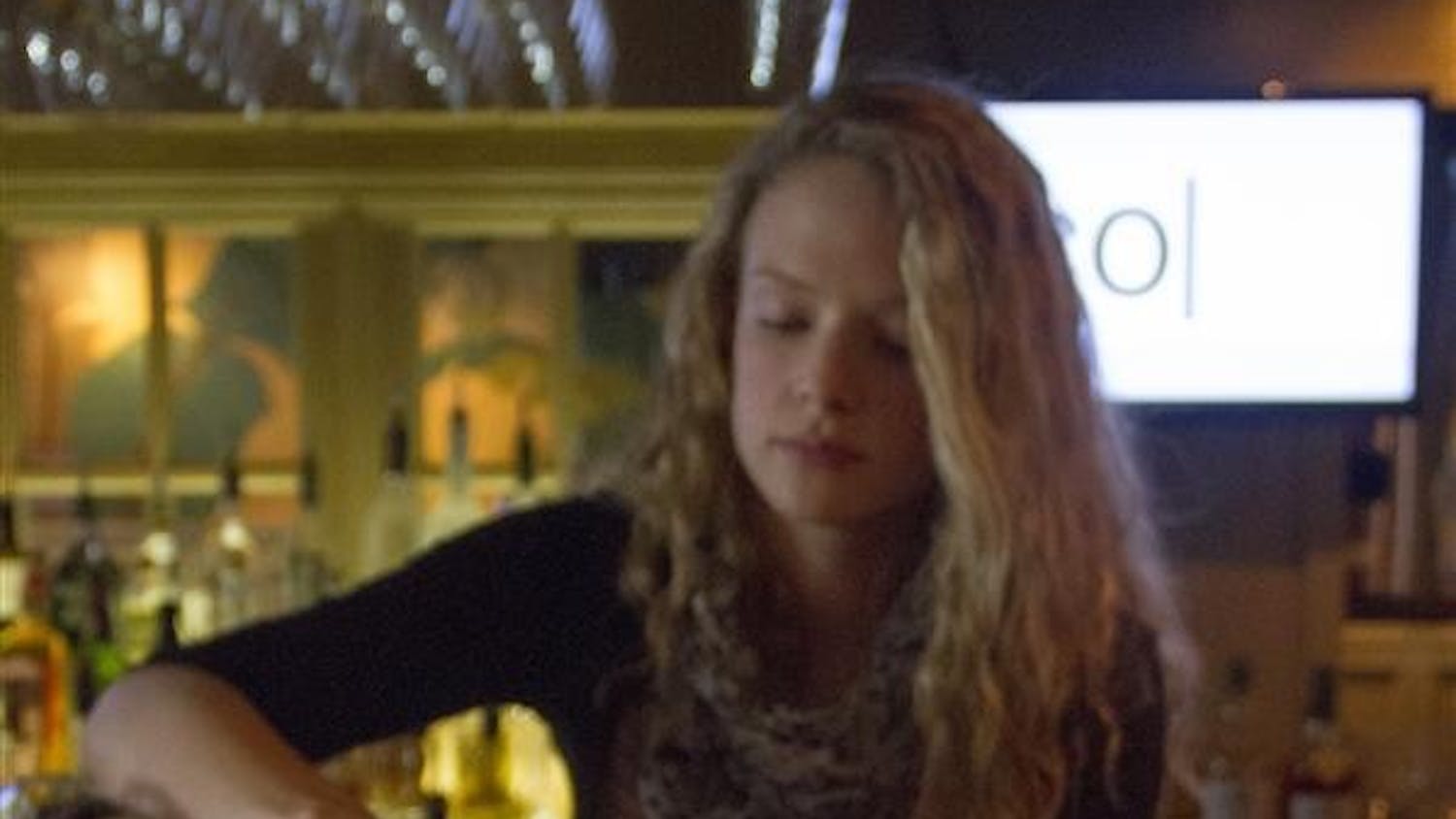Gardening doesn’t typically top the list of risky nighttime behaviors, but junior Erin Kilhefner may beg to differ.
A self-proclaimed guerilla gardener, Kilhefner plants flowers, shrubs, and produce on other people’s land without their permission. It’s a form of activism, a way of beautifying an increasingly urbanized environment. Kilhefner gives you the details of why she picked up the shovel.
Inside: Who are some of your past victims?
Erin Kilhefner: I’ve planted some sunflowers [behind the Hillcrest Apartments]. And another really important theme of it is seed bombs, or seeds encased in mud. You can literally throw them places, and with natural processes, the seeds go into the ground. So I’ve done a couple of those by Indiana Avenue and Tenth Street...Also there’s a lot of unused space around Ballantine, so we planted some flowers there this summer.
Inside: Why do you do it?
EK: It’s a beauty thing, first of all. If you look at a space, and it’s gray and broken down and there’s not a lot there, it’s like an aesthetic pleasure. If something is visually pleasing, it’s going to make things better. It’s a life-enhancer.
And I do it because on such a green campus — Indiana already does a really good job with indigenous trees — but there’s a lot of indigenous, edible weeds, like Purslane, that you can eat, that you can forage, that I think would be really good to have on campus.
Inside: Don’t you ever worry you’ll get caught?
EK: I’ve been really lucky, mainly because I’ve taken my bike with me, so if I do get really sketched out, I’m just like, ‘bike!’
The area behind Hillcrest is not that well-lit. Once when I planted mint, I was actually pulling an all-nighter. And then that night I called up my friend and was like, ‘Do you want to go do this?’
It was four in the morning, but the campus gardening staff was already starting to make their rounds. We were like, ‘Shit, we gotta go,’ and so we kind of ran away.
Inside: You said you hadn’t been busted before!
EK: I haven’t been! But I have just seen those guys [police officers] zipping down the road, and they’re ready to go. They have like rockets on their feet or something.
Inside: Do you see it as illegal?
EK: It’s just so interesting to me because when you think of nighttime shadiness, you think someone’s getting mugged, someone’s getting raped, someone’s getting shot ...
And it’s almost whimsical to have someone going out there, breaking the law by planting shrubs in places where they aren’t allowed. It’s almost a little bit ridiculous, but in such a great, fun, naturalist way.
It’s not what you’d expect to be going on in the middle of the night.
You’re a 20-year-old at college. People expect you to go out and rage and party. But a lot of the time I find myself wanting to do something different. I want to go out and do something.
Groundbreaking: A brief history of guerrilla gardening
Though the term wasn’t officially coined until the 1970s, the act of guerrilla gardening can be traced back long before.
Remember the man “who wore a pot upon his head ... John Chapman was his real name, but we call him Johnny Appleseed”?
That’s right — American legend Johnny Appleseed, who planted apple trees around the Midwest, was a founder.
The ingredients for a successful late-night gardening mission:
- Mapped out spot
- Dark clothes
- Shoes you can run in — just in case
- Bike or getaway car — just in case
- Small shovel or spade
- Seeds or plants
- Watering can or a large water bottle
- Courage





